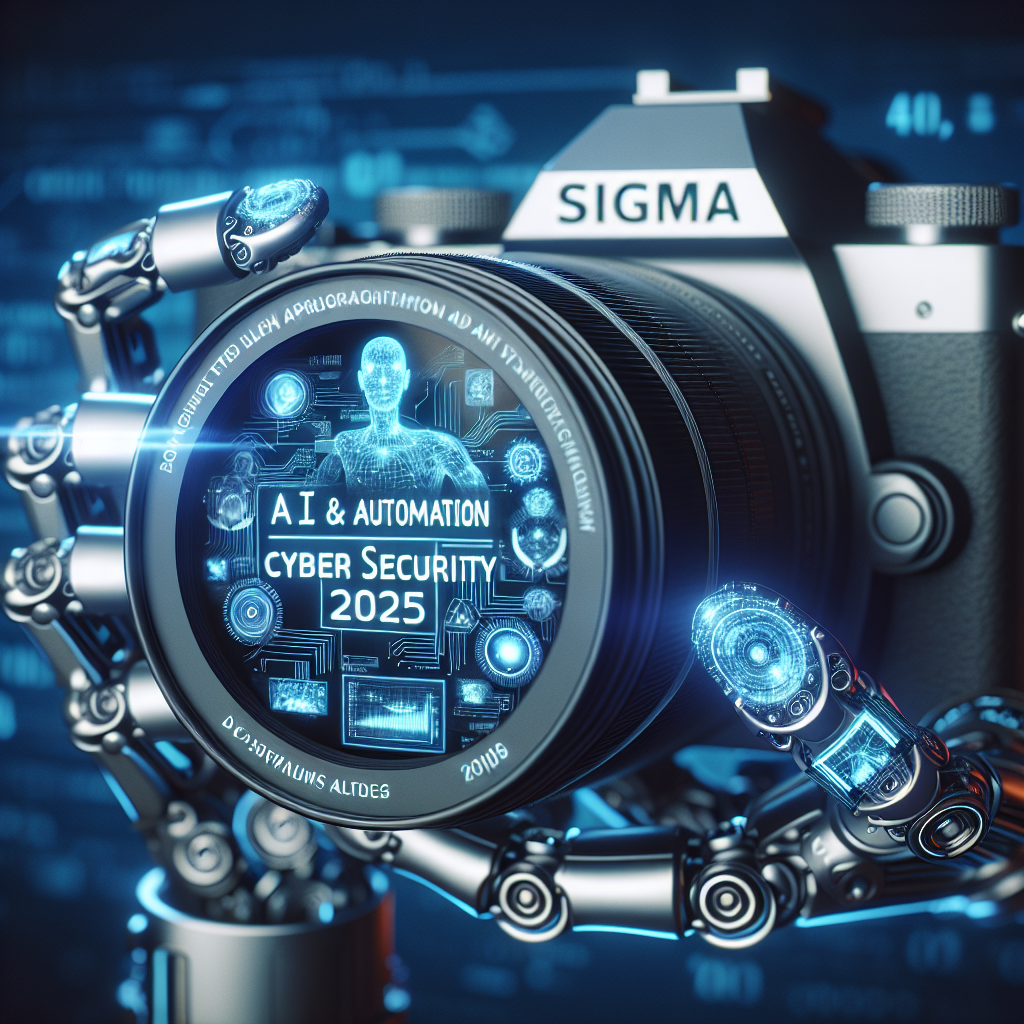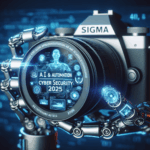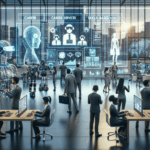How AI & Automation Are Influencing Cyber Security in 2025
In 2025, the cyber security landscape is evolving rapidly as artificial intelligence and automation play increasingly pivotal roles. These technologies are revolutionising how organisations predict, prevent and respond to threats. This article explores how AI-driven systems and automation tools are reshaping the way we safeguard digital assets, highlighting opportunities and challenges in this high-stakes domain.
The Rise of Autonomous Threat Detection and Response
One of the most significant impacts of AI on cyber security lies in threat detection and response. Traditional security systems relied heavily on manual processes and static signature-based detection, which often made them reactive and slow. In contrast, modern AI-powered systems use machine learning algorithms to identify unusual activity patterns, even those previously unknown or emerging.
These systems analyse massive volumes of network traffic, user behaviour and log data in real time. By continuously learning from new data, they can detect anomalies that may indicate threats such as zero-day exploits, phishing campaigns or insider attacks. This predictive capability allows security teams to intervene before an attack causes significant damage.
Automation complements this by enabling rapid triage and containment. For example, automated playbooks within a Security Orchestration, Automation and Response (SOAR) platform can isolate infected endpoints, disable compromised user accounts or initiate forensic investigations without waiting for human action. The result is a reduction in incident response times from hours or days to minutes.
AI-Driven Adversaries and Adaptive Defence Mechanisms
While AI strengthens defensive capabilities, it also equips cyber criminals with new tools. In 2025, threat actors are using AI to craft more convincing phishing emails, automate reconnaissance and evade detection. These AI-enhanced attacks are more dynamic, targeting specific individuals or systems with personalised tactics that are harder to detect through traditional methods.
In response, cyber security teams are adopting adaptive defence strategies that mirror their adversaries’ sophistication. Machine learning models are incorporated into endpoint protection platforms, cloud security tools and firewalls to evolve based on attacker behaviour. These systems continuously retrain themselves, enabling security postures that adapt in real time rather than relying on static rules.
Additionally, AI is assisting in risk assessment by mapping and monitoring the vulnerabilities within an organisation’s digital ecosystem. Automated vulnerability scanners use AI to prioritise patching efforts based on likely exploitation paths and potential business impact, ensuring that security resources are allocated effectively.
The human factor remains vital. AI handles vast data processing, but experienced analysts interpret complex results, validate decisions and simulate potential attack paths. AI in 2025 does not replace cyber security professionals but augments them, allowing teams to be proactive rather than reactive.
Conclusion
Artificial intelligence and automation are redefining cyber security in 2025. From autonomous threat detection to adaptive defences, these technologies offer powerful responses to increasingly sophisticated threats. However, the same tools are also accessible to bad actors, necessitating continuous innovation and vigilance. As the lines between attacker and defender blur, AI becomes both the shield and the battlefield in modern digital defence.







